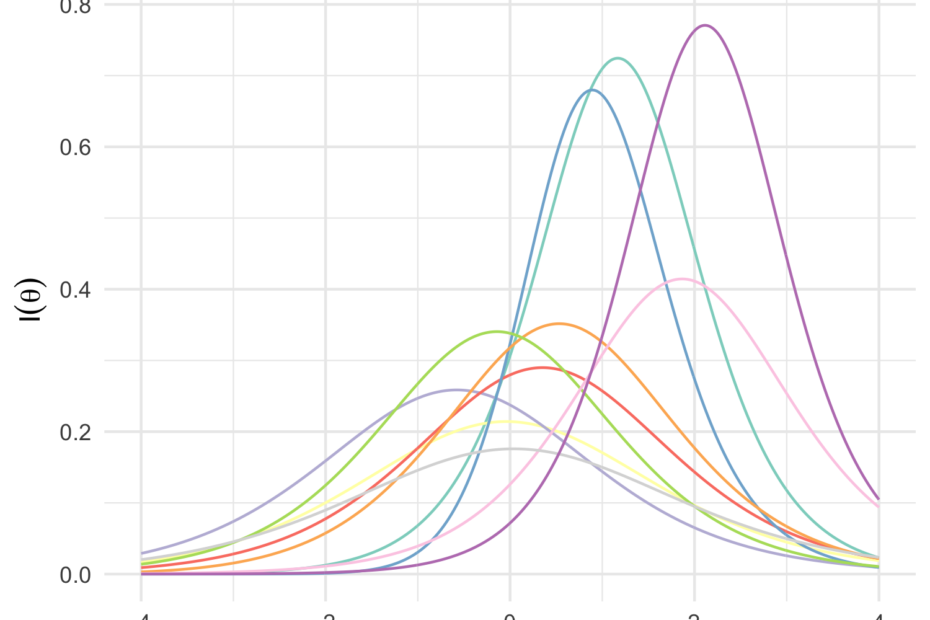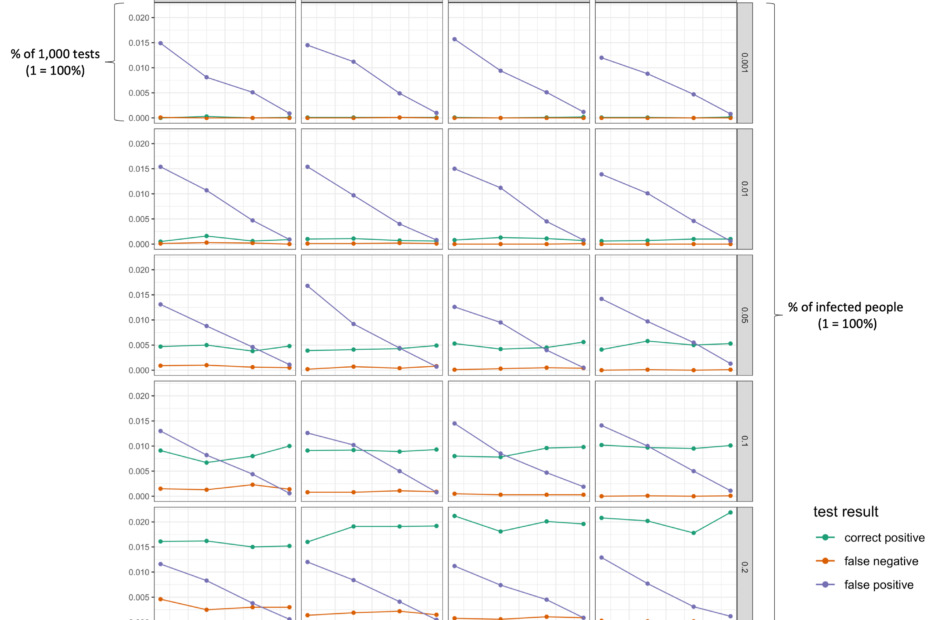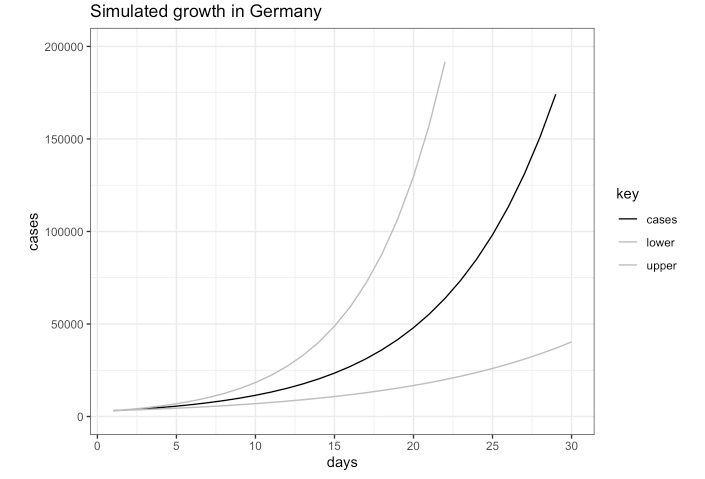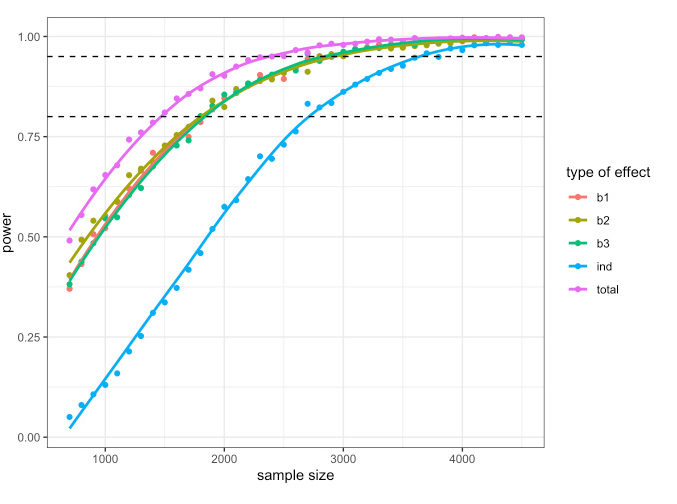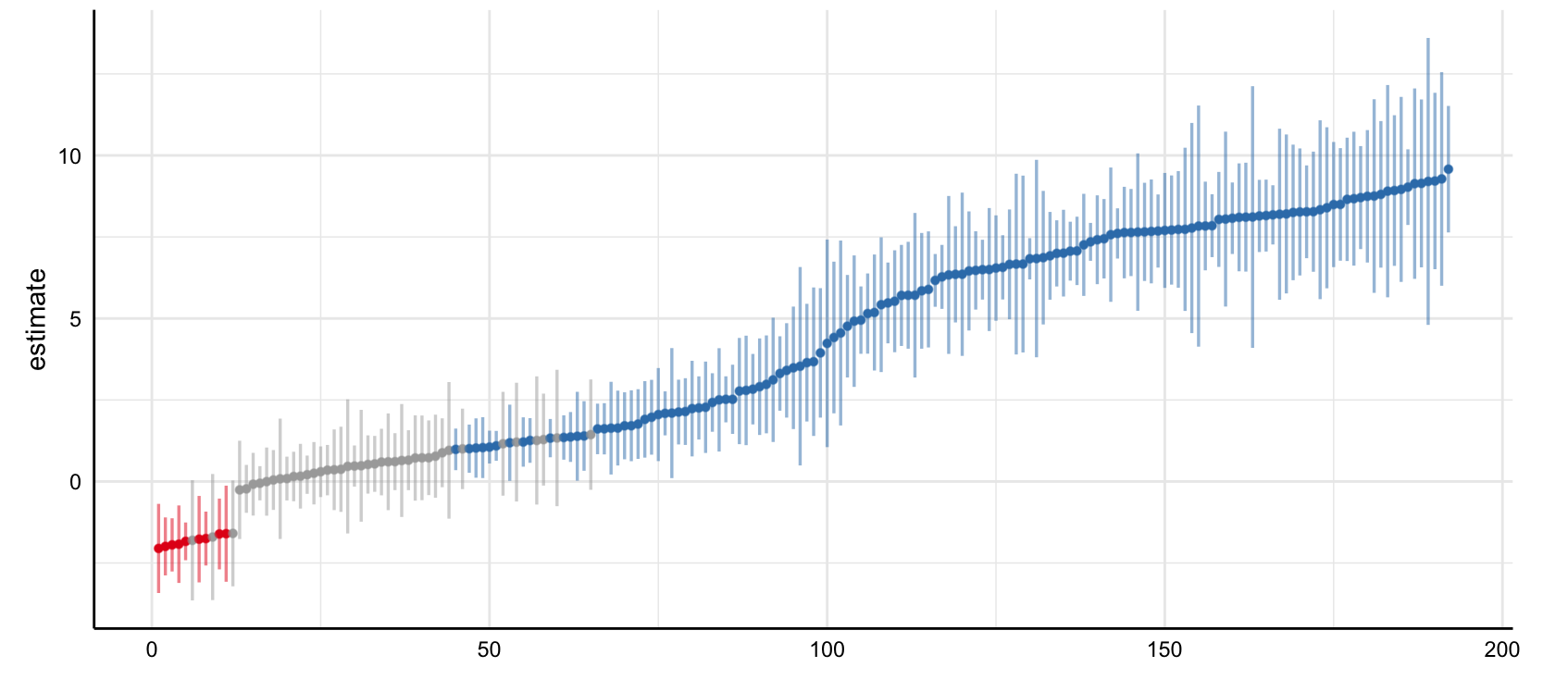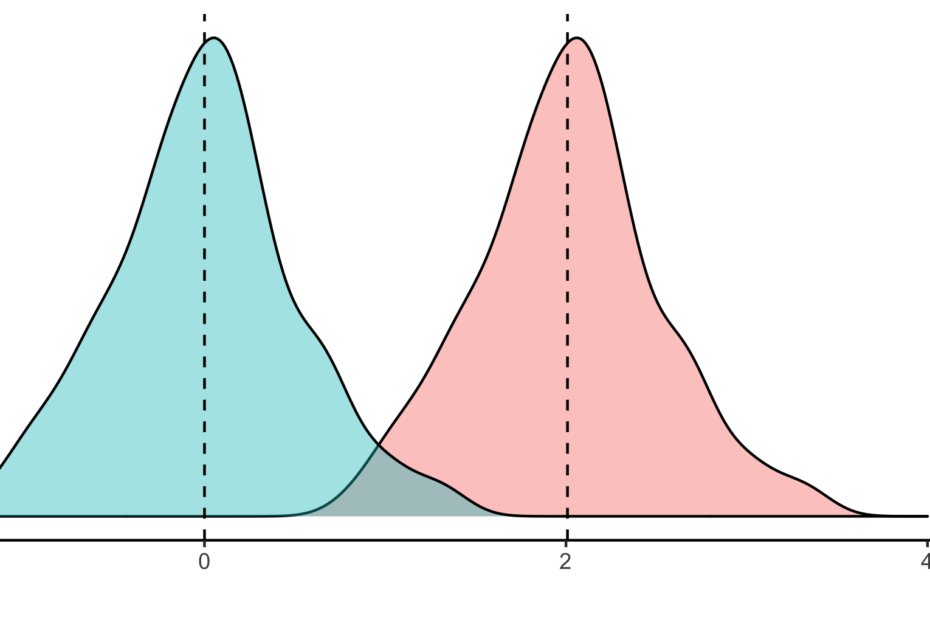How to run IRT analyses in R
This post provides an introduction to fitting item response theory (IRT) models in R. From my experience, most scholars in the social sciences have heard about IRT as an alternative to classical test theory (and its methods such as EFA or CFA), but have never really worked with it. I believe that this is unfortunate as it offers a lot of advantages and insights into the validity and reliability of tests and items. In this… Read More »How to run IRT analyses in R
